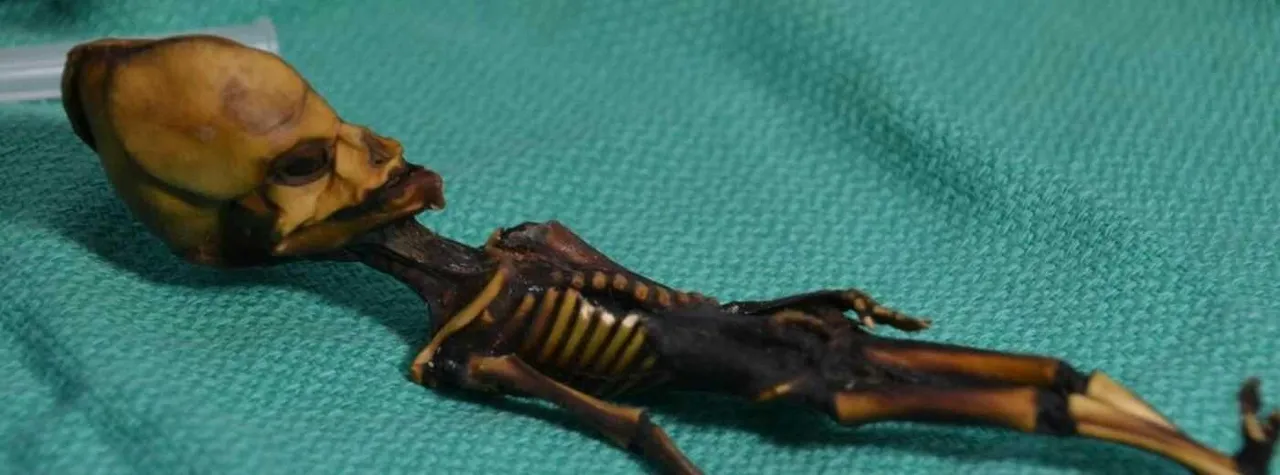Discovered in Chile’s Atacama Desert in 2003, this tiny, 6-inch-long mummy, with its pointed head and atypical number of ribs, stoked theories that aliens have visited Earth. Scientists have had genetic proof that the remains are human since 2013, and a new genetic analysis reveals that mutations in genes related to growth might explain the mummy’s atypical bones.
The results, which have been making headlines, are a reminder that the truth may well be out there — but it isn’t aliens. A series of discoveries this past year make it clear that, sadly, it never is.
Sad but true
Scientists have struggled to explain why this mummy, known as Ata, is the size of a fetus and yet has bones as developed as those of a six- to eight-year-old child, Science reported in 2013. The new analysis of Ata’s DNA, published last week in the journal Genome Research, reports mutations in seven genes key for human growth.
These mutations could explain why Ata’s bones developed so quickly, Gary Nolan, an immunologist at Stanford University and co-author of the study, told National Geographic. He suspects that the story is much sadder and more human than an extraterrestrial visitation: someone gave birth to a stillborn fetus several decades ago and buried her in the desert. “The alien hype was silly pseudoscience promoted for media attention,” paleoanthropologist and anatomist William Jungers told National Geographic. “This paper puts that nonsense and poor little Ata to bed.” 